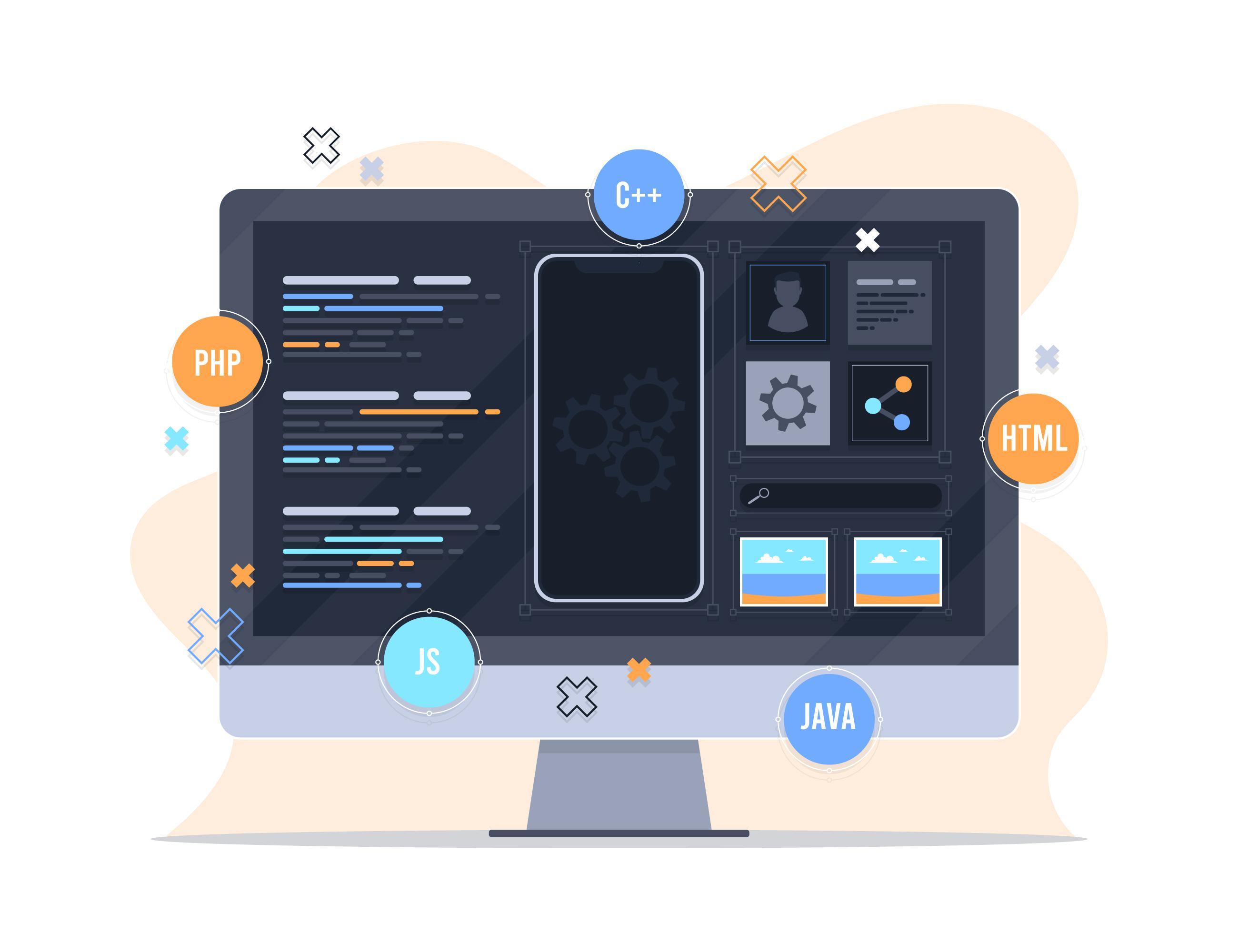How to Design an Event Program That Attracts and Motivates the Audience
Organizing a successful event requires careful planning and designing a comprehensive program that attracts and motivates the audience. Whether it is a conference, workshop, or promotional event, the program should be engaging and inspiring for attendees. In this article, we will explore the steps to design an engaging and comprehensive event program, including organizing sessions, activities, and promotional offers.
1. Define the Goal and Target Audience
Before designing the program, you must define the event's goals and target audience:
- Set Goals: What do you want to achieve from the event? Is it to raise brand awareness, deliver new information, or build customer relationships?
- Analyze the Audience: Who are the expected attendees? The program should be tailored to the interests and preferences of the target audience.
2. Create a Balanced Schedule
Balance in the schedule is crucial to capturing the audience's attention. The schedule should include:
- Educational Sessions: Organize educational sessions with distinguished speakers who can provide valuable and useful content. Try to diversify topics to suit the audience's interests.
- Short Breaks: Include short breaks between sessions. This gives attendees a chance to network and exchange ideas.
- Interactive Activities: The event should include interactive activities such as workshops, Q&A sessions, or games that encourage participation.
3. Organize Activities and Promotional Offers
Activities and promotional offers are key elements to attract and motivate the audience:
- Workshops: Organize hands-on workshops that allow participants to interact and actively engage. These activities help enhance understanding and skill-building.
- Promotional Offers: If you have new products, use the event as an opportunity to introduce them to the audience. Offer special discounts or promotional gifts to attract more attendees.
- Contests: Use contests to make the event more lively. These can be simple activities like raffles or challenges, increasing audience interaction.
4. Create an All-Encompassing Experience
Ensure the event offers a comprehensive experience for the attendees:
- Visual Content: Use multimedia like videos and presentations to make content more engaging and clearer.
- Participation Experience: Include technologies such as mobile apps for audience interaction, such as voting on questions or giving immediate feedback.
- Provide Comprehensive Information: Distribute brochures or informational materials containing details about the event, such as session schedules, speakers, and activities.
5. Market the Event
Marketing the event is a crucial step to ensure audience attendance:
- Social Media Promotion: Use social platforms to promote the event, sharing engaging content that grabs followers' attention.
- Email Marketing: Send email invitations to your email list with details about the event and the benefits of attending.
- Partnerships: Collaborate with other companies or organizations to reach a larger audience and increase event awareness.
6. Evaluate the Event After Completion
After the event, it is essential to evaluate the results:
- Gather Feedback: Collect attendees' feedback on the event. This can be done via surveys or personal conversations.
- Analyze Performance: Assess the event’s performance based on the initially set goals and determine what worked well and what could be improved in the future.
- Share Results: Share the feedback and results with your team and use them as a reference for planning future events.
7. Conclusion
Designing an engaging event program requires careful planning and attention to detail. By setting goals, creating a balanced schedule, and organizing interactive activities, you can ensure the success of the event and attract the audience. Make sure to provide a comprehensive and enjoyable experience for the attendees, and evaluate the event after it concludes to benefit from the lessons learned. Using these strategies, you can create a successful event that leaves a lasting impression on participants.
